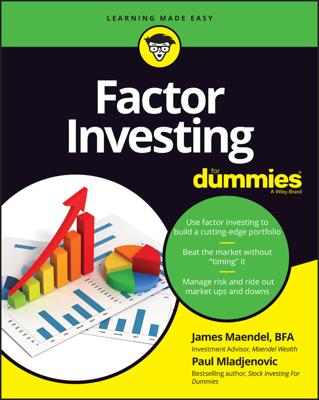Hedge funds are priced on their net asset value. Also called book value, net asset value is the total of all the fund’s assets minus all the fund’s liabilities.
Sounds simple, right? Well, here’s a catch: finding the value for all the fund’s securities, calculated at the end of each trading day, when the end of the trading day varies depending on when markets close around the world.
If a fund invests entirely in one market and one type of investment, the pricing is straightforward. The New York Stock Exchange closes at 4 p.m. Eastern Time, so if all your investments trade there, you simply price at the close.
But in a global market, who decides when the trading day ends? What if you also have futures (financial contracts that trade on a different exchange)? And if assets are in constant motion, when does the clock stop so you can calculate net asset value? All these things need to be taken into account when calculating net asset value.
One way to calculate net asset value is to add the values at the closing time for each relevant market. The price then would be the sum of the prices at each market’s close (ignoring after-market trading). For example, if your security trades in these exchanges and has a closing value as indicated, the net asset value would be $2,138.
| Exchange | Closing Time (ET) | Value at Closing |
|---|---|---|
| Tokyo Stock Exchange | 1:00 am | $900 |
| London Stock Exchange | 10:30 am | $986 |
| NYSE | 4:00 pm | $1,054 |
| CBOT | 4:15 pm | ($802) |
| Net Asset Value | $2,138 |
No calculation method is inherently better; the key is that the method is disclosed and applied consistently. Be sure to ask the fund manager when and how the fund calculates the value. It should be spelled out in the contracts that you sign when you enter the fund.

